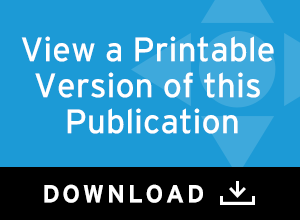An employer with under 50 employees may be exempt from providing certain paid leave benefits under the FFCRA only if an authorized officer of the business has determined that at least one of the three conditions below is satisfied:
- The provision of FFCRA paid leave benefits would result in the small business’s expenses and financial obligations exceeding available business revenues and cause the small business to cease operating at a minimal capacity.
- The absence of employee(s) requesting leave under the FFCRA would create a substantial risk to the financial health or operational capabilities of the small business because of the employee(s)’ specialized skills, knowledge of the business or responsibilities
- There are not sufficient workers who are able, willing, and qualified, and who will be available at the time and place needed, to perform the labor or services provided by the employee or employees requesting leave under the FFCRA, and these labor or services are needed for the small business to operate at a minimal capacity.
Note, however, that the small business exemption only excludes a small business from providing:
- EPSL due to school or place of care closures or child care provider unavailability for COVID-19-related reasons.
- EFMLA leave.
Small businesses are not exempt from providing EPSL benefits related to the remaining qualifying reasons for which EPSL may be taken, such as seeking a diagnosis of COVID-19, abiding by a quarantine or isolation order, caring for an individual with COVID-19, or experiencing any other substantially similar condition specified by the Secretary of HHS.
Employers should not send any materials to the DOL when seeking a small business exemption for EPSL and EFMLA, but should internally document if, and when, an employer’s business meets the above criteria.



